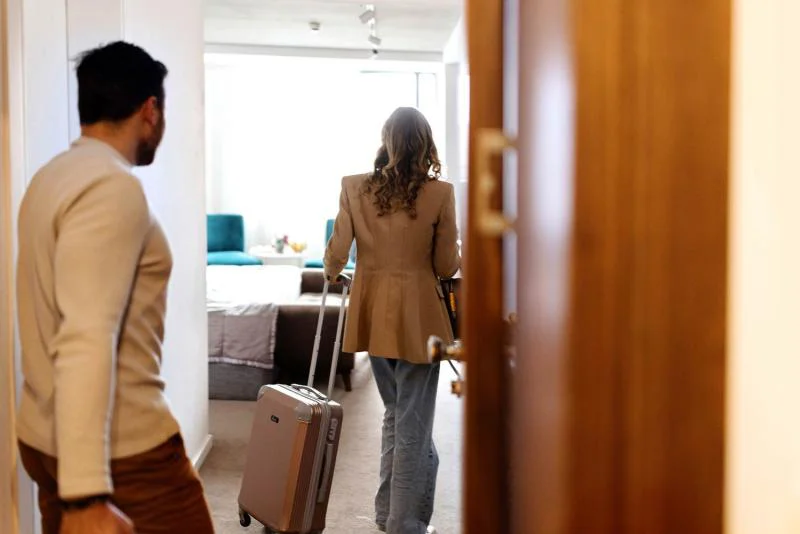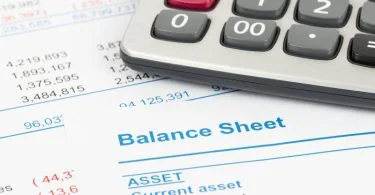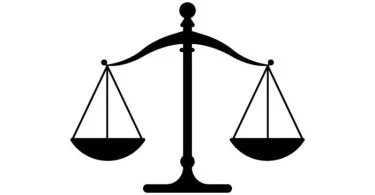In hospitality industries, such as hotels and restaurants, walk-in guests and reservations represent two different patronage models. Walk-in guests are unplanned, impromptu guests who arrive without prior notice. As their precise number cannot be predicted, they contribute to the unpredictability of operations and can strain resources during peak hours. However, they also offer opportunities to occupy empty, unoccupied spaces. The company must ensure sufficient capacity to serve these consumers without overextending resources or compromising service quality.
On the other hand, reservations are bookings made by consumers. They provide predictability, allowing businesses to plan for personnel, space, and resources for optimal service. During high demand, restaurants frequently require reservations to avoid overcrowding and understaffing. However, they pose a risk of no-shows, which could result in revenue loss if the reserved slots are not filled. In a nutshell, walk-in guests provide flexibility and the opportunity to utilize excess capacity, whereas reservations provide operational predictability and planning ease. Both modalities require astute management to balance customer experience, business capacity, and revenue generation.
Who are Walk-in Guests?
People or groups who use services at hotels, restaurants, or other companies without making a reservation or booking ahead of time are called “walk-in guests.” They show up independently and often want to use the service immediately. Their lack of dependability can be problematic for businesses to deal with. The timing and number of walk-in guests can vary greatly, unlike when people make reservations, and the company can plan for that. They can strain resources during busy times, when they may have to wait their turn or not be able to get the services they want.
But walk-ins can also help businesses in some ways. They allow people to fill up spaces or times that would otherwise be empty. This helps maximize use and income. Their freedom can also appeal to businesses whose customers’ needs take time to predict or change quickly. Handling walk-ins in customer service requires a certain amount of freedom and adaptability. Businesses must balance the wants of their scheduled clients and the chance to serve walk-ins while still providing high-quality service. When walk-ins are handled well, they can become regular customers, which is good for the long-term growth of a business.
What are Reservations?
Customers make reservations when they want to use a service at a certain time in the future. This is most popular in the hospitality, transportation, and entertainment industries. When a customer makes a reservation, they are reserving a time or place in advance, whether it’s a table at a restaurant, a room in a hotel, a seat on a flight, or a ticket to a concert. The main benefit of reservations for companies is that they help them plan. When you know how many people you’ll have ahead of time, you can ensure the right amount of resources are used, give the best service, and be as efficient as possible. This planning can include how many people are needed, how much inventory is required, and how the room will be used. It also gives customers a more personalized experience because companies can ensure everything is ready for them.
But reservations can also cause trouble. If a customer who made a reservation doesn’t show up, the business could lose money if the reserved time slot isn’t used. To reduce this danger, many places do things like overbook or charge fees for cancellations. Customers don’t have to wait for service when they make bookings, which is convenient and gives them peace of mind. They also usually get served before people who walk in, especially during busy times.
Difference Between Walk-in Guests and Reservations
Two different kinds of customers frequent hotels and restaurants: walk-ins and those who plan ahead and make reservations. Customers who show up unexpectedly and without making reservations are known as “walk-ins,” while they bring uncertainty, they also present opportunities to fill vacant spaces. Reservations, on the other hand, are customers’ pre-booked commitments that allow for predictable operations and improved resource planning. However, they may cause capacity waste due to no-shows. The main difference is in the trade-off between predictability and adaptability; walk-ins offer greater adaptability but come with more uncertainty, while reservations are more convenient for making plans but necessitate methods to deal with the possibility of guests canceling. We’ve broken down the key difference between walk-ins and reservations below.
Planning
In contrast to walk-in guests, who might be unpredictable, reservations allow businesses to prepare ahead regarding staffing, space, and resources.
Capacity Management
Reservations allow businesses to anticipate their demand and allocate resources accordingly. An unexpected flood of walk-ins can put a strain on available resources.
Revenue Predictability
Walk-in guests can be unpredictable, whereas reservations provide steady income.
Customer Experience
Customers’ experiences are enhanced when they are assured of service availability through reservations. There is no guarantee that walk-ins will not have to wait or be turned away.
No-Show Risk
The possibility of no-shows when taking reservations is a source of possible financial loss. With walk-ins, this is not an issue.
Flexibility
Customers who cannot plan will appreciate the convenience of walk-ins, whereas reservations necessitate more time and effort.
Service Personalization
When clients make reservations, businesses can learn more about their preferences in advance, allowing for more customized service.
Demand Peaks Management
Reservations are beneficial during peak times for smooth demand management, whereas accommodating walk-ins can be more difficult due to their unpredictability.







